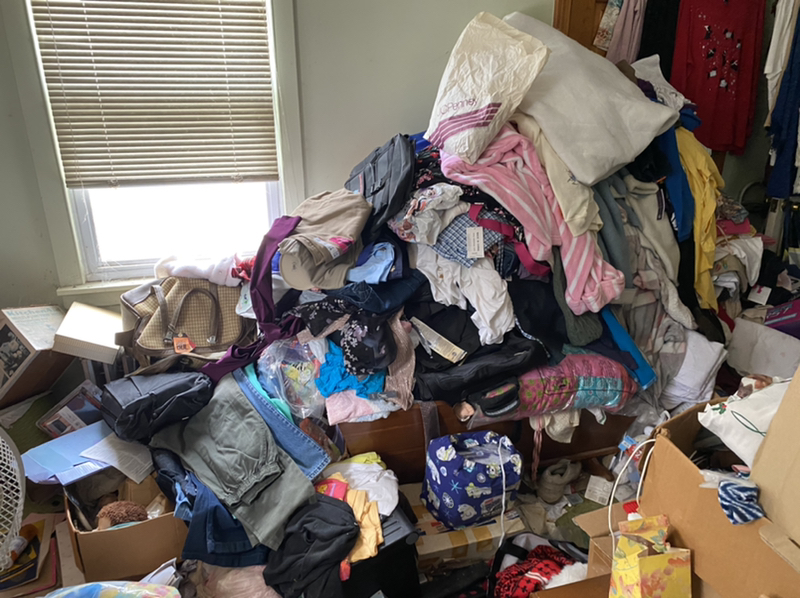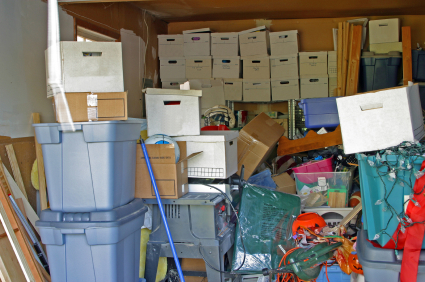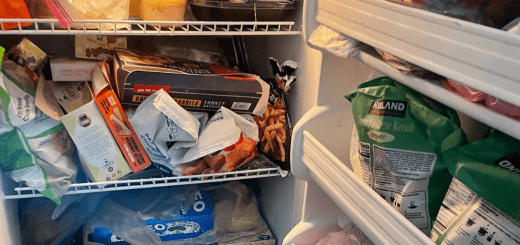Hoarding Clean Up Tips: Do’s and Don’ts

Hoarding is a complex psychological disorder that often requires professional intervention. However, if you’re taking on the task of cleaning up a hoarder’s home, there are certain do’s and don’ts to keep in mind to ensure a successful and safe clean-up process.
The Dangers of Hoarding
Hoarding is a compulsive behavior characterized by excessive acquisition and an inability to discard items, resulting in the accumulation of excessive clutter. This behavior poses numerous dangers, both physical and mental, for individuals who engage in hoarding and those living in close proximity to them.
One of the major hazards of hoarding is the impact on overall health. The excessive clutter can harbor dust, moldMold is a type of fungus that grows in damp or humid conditi... More, and allergens, leading to respiratory problems, allergies, and asthma. The accumulation of items also creates an ideal breeding ground for pests such as rodents and insects, which can introduce diseases and cause further health complications.
Another danger of hoarding is the presence of trip hazards. With clutter covering floors and pathways, it becomes difficult to navigate safely through the space. This increases the risk of falls and injuries, particularly for elderly individuals or those with mobility issues.
Fire hazards are also a significant concern in hoarding environments. The excessive clutter provides fuel for fires and obstructs access to fire exits, hindering escape in the event of an emergency. The presence of flammable materials, such as old newspapers or magazines, further increases the risk of fire.
Access and egress issues are closely linked to fire hazards. Hoarded clutter can block doorways, stairs, and windows, preventing easy movement and evacuation. This can turn a seemingly harmless accumulation of belongings into a potential death trap in emergency situations.
Hoarding can be categorized into different levels, ranging from mild to severe, with each level presenting escalating dangers. In the early stages, clutter may mainly impact the individual’s living space, creating mild health risks and trip hazards. However, as hoarding progresses, the risks become more severe. Higher levels of hoarding can severely restrict access and egress, increase the presence of hazards, and impact both physical and mental well-being.
Do’s and Don’ts of Hoarding Clean Up
Hoarding clean-up is a daunting and challenging task, often requiring professional intervention due to the complex nature of hoarding disorder. Hoarding involves excessive acquiring, difficulty discarding, and a cluttered living environment that poses various safety hazards. To ensure a successful hoarding clean-up process, it is essential to be aware of the do’s and don’ts that can make a significant difference in the efficiency and outcome of the clean-up. By following these guidelines, individuals undertaking hoarding clean-up can navigate the process with greater ease and achieve lasting results.
Do’s of Hoarding Clean Up:
1. Seek professional help: Collaborating with hoarding clean-up specialists or professional organizers experienced in dealing with hoarding disorder can provide expert guidance while ensuring the safety and well-being of all involved parties.
2. Develop a plan: Create a structured strategy that involves incremental goals and specific timelines to maintain focus and prevent overwhelm during the clean-up process.
3. Show empathy and understanding: Recognize that hoarding disorder is a complex psychological issue and approach the clean-up with empathy, fostering a non-judgmental and supportive environment for the hoarder to feel heard and understood.
4. Encourage participation: Involve the hoarder in the decision-making process and encourage them to take an active role in sorting through their belongings. This can help empower them and provide a sense of control over the situation.
5. Provide resourcesResources include tools, personnel, equipment, and materials... More and support: Offer resourcesResources include tools, personnel, equipment, and materials... More such as therapy, support groups, or counseling services to help address the underlying issues contributing to hoarding behavior. Providing ongoing support throughout the cleanup process can help individuals maintain progress and prevent relapse. Encouraging hoarders to seek professional help from therapists or mental health professionals who specialize in hoarding disorder can be beneficial in addressing the root causes of their behavior.
Don’ts of Hoarding Clean Up:
1. Forceful and abrupt clean-up: Avoid sudden, forced clean-up efforts that can be traumatic and counterproductive for the hoarder. Gradually work towards decluttering, allowing the individual to make decisions about what to keep, donate, or discard.
2. Dispose of items without consent: Respect the hoarder’s autonomy and involve them in the decision-making process regarding their belongings, ensuring their consent is obtained before discarding any items.
3. Ignore mental health support: Neglecting the importance of therapy or counseling for the hoarder can hinder long-term progress. It is crucial to address the underlying issues contributing to hoarding behavior to ensure sustainable changes and prevent relapse.
4. Disregard safety precautions: Hoarding environments can be hazardous due to clutter, moldMold is a type of fungus that grows in damp or humid conditi... More, pests, and structural damage. Prioritize safety by wearing protective gear, such as gloves and masks, and taking necessary precautions to prevent injuries or health risks during the clean-up process.
5. Rush through the cleaning process: Hastily clearing out a hoarder’s home without thorough planning can leadLead is a heavy metal that can be toxic to humans, especiall... More to incomplete or ineffective cleaning. It is important to take the time to properly assess the situation and come up with a detailed plan before diving into the clean-up process. Rushing through the cleaning process can also increase safety risks, as hoarded items may be hiding hazards such as sharp objects, moldMold is a type of fungus that grows in damp or humid conditi... More, or pest infestations.












